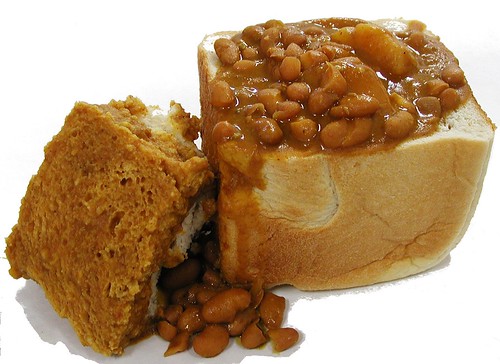
During our stay in South Africa, Evan Meyer and I are working at Assegai Primary School, one of six public primary schools located in the Wentworth area. Assegai is considered an ”advantaged” school by the South African government’s Department of Education, but that by no means indicates an abundance of resources. The government designates Assegai to the “advantaged” category because it has an access road, electricity, a telephone line, and running water. The school faces many challenges, the most obvious being funding. The government gives the school less than R200000 per year, which is less than $30,000, an extremely small amount for a school with about 1,000 students. The rest of the school’s money comes from a small annual tuition fee of R1000 per student per year (public school in South Africa is not free, but over the year the cost for one child comes out to less than one dollar each day) and fundraising. There is no gym, auditorium, or cafeteria on the grounds and there is just one computer room containing computers that are over ten years old.
Besides that of the outdated facilities, an issue that comes with low funding is obviously an inability to provide for a large staff. Each grade (from R to 7) has four classes of about 35 to 40 students, each housed in one small classroom with just one teacher, no assistants. In addition, the school does not have their own physical education program because they cannot pay for another teacher. A coach brought in by a local outreach organization comes to school every other week to teach PE at no cost to the school.
One of the largest obstacles the school faces is the community’s view on education. Mr. Webster, the school’s principal, often tells us about the lack of support for education that children are given at home. Unfortunately, traditional cultural beliefs often get in the way of education. One teacher told me a story about a second grade child with severe learning difficulties. When she called the girl’s mother in for a conference, the mother informed her that it would all be taken care of. She took the child to a sangoma, a traditional Zulu healer, who performed a ritual that included the sacrifice of an animal, and returned to the teacher with the conviction that the child should perform much better now. The girl’s marks have not improved, and the mother does not understand that she must help her at home if there is to be any change. A strong drug and alcohol presence in the community also affects the children. One day while sitting outside the principal’s office, Evan and I observed fifth graders being punished for drinking wine out of a Coca-Cola bottle in class, quite the eye-opening experience. It is also difficult for some parents to provide the basics for their kids. All students wear uniforms in the school’s colors: red, black, and white. It is easy to see that certain students are able to purchase and take care of clean, new uniforms, while others wear older articles that are faded, too small, too big, or dirty, a testament to the financial struggles of some families.
Despite all of these issues, the staff and students at Assegai continue to inspire me daily. Only about ten percent of these students will go on to graduate from secondary school and attend university, yet the teachers’ determination and dedication to the children is remarkable. The kids are also an inspiration. They are extremely well behaved (most of the time, like any elementary school students) and eager to learn and do well. I have found that children, no matter what country they live in or language they speak, are all alike. All they need is care, positive attention, and a little play to flourish, and, despite all the obstacles they face, Assegai really does provide these for them.

 We painted the Zulu words for "joy" and "peace" under the rainbow.
We painted the Zulu words for "joy" and "peace" under the rainbow.
 Here we are with our hand prints. Though this project took a few hours longer than expected, it was well worth our effort. It is something tangible, something that will last long after we leave. We hope that while it stands, it brings "injabulo" to others.
Here we are with our hand prints. Though this project took a few hours longer than expected, it was well worth our effort. It is something tangible, something that will last long after we leave. We hope that while it stands, it brings "injabulo" to others.

















